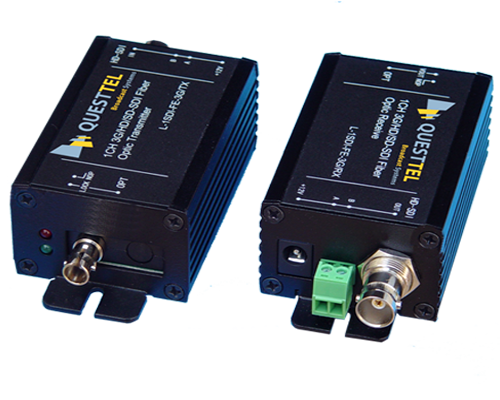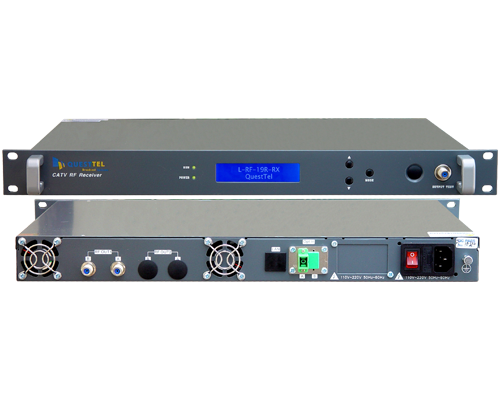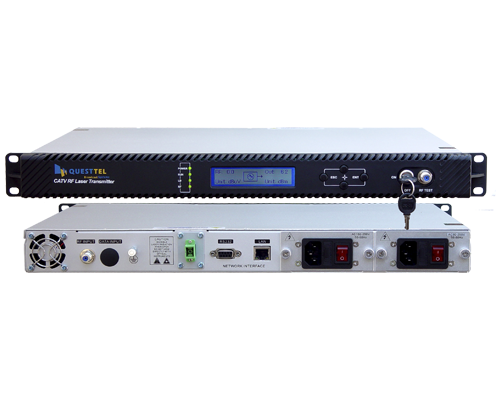Extrinsic and Intrinsic Attenuation
Attenuation is defined as the loss of optical power over a set distance. A fiber with a lower attenuation will allow more power to reach a receiver than a fiber with higher attenuation.
Attenuation may be categorized as intrinsic and extrinsic.
Intrinsic Attenuation
It is loss due to inherent mechanism within the fiber. Intrinsic attenuation may occur as
(i) Absorption - Natural impurities in the glass absorb light energy (ii) Scattering - Light rays traveling in the core reflect from small imperfections into a new pathway that may be lost through the cladding
Extrinsic Attenuation It is loss due to external sources. Extrinsic attenuation may occur due to:
(i) Macro bending - The fiber is sharply bent so that the light traveling down the fiber cannot make the turn & is lost in the cladding. (ii) Micro bending - Macro bending or small bends in the fiber caused by crushing, contraction etc. These bends may not be visible with the naked eye.
Attenuation is measured in decibels (dB). A dB represents the comparison between the transmitted and received power in a system.
QuestTel shall have no liability for any error or damage of any kind resulting from the use of this document.



